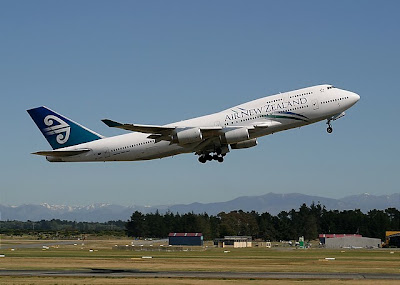It’s a snowy day in Whitewater, with a predicted snowfall of three to seven inches during the day today, another one to three this evening, and a high temperature in the mid twenties.
It’s fitting that on a day with interesting weather, there’s a Wisconsin anniversary about the weather. The Wisconsin Historical Society reports that on this day in 1870
1870 – National Weather Service Authorized
On this date President Ulysses S. Grant signed a joint resolution authorizing a National Weather Service, which had long been a dream of Milwaukee scientist Increase Lapham.
Lapham, 19th-century Wisconsin’s premier natural scientist, proposed a national weather service after he mapped data contributed over telegraph lines in the UpperMidwest and realized that weather might be predicted in advance. He was concerned about avoiding potential disasters to Great Lakes shipping and Wisconsin farming, and his proposal was approved by Congress and authorized on this date. [Source: History Just Ahead: A Guide to Wisconsin’s Historical Markers, edited by Sarah Davis McBride]
More on the story is available at Feb. 9, 1870: Feds Get on Top of the Weather.
Today is also a memorable day in American aviation history — on this day in 1969, Boeing successfully tested a 747 jumbo jet:
As commercial air travel boomed in the 1960s, the need for a plane capable of handling more passengers than Boeing’s reliable old warhorse, the 707, became obvious. But the technology of jet-engine design was changing rapidly, too, and the feeling was that any new aircraft built using existing subsonic engines would soon be made obsolete by planes capable of supersonic flight.
So the 747 was designed to be easily convertible to hauling cargo, which Boeing believed would ensure its long-term sustainability….
In the end, commercial supersonic flight proved a bust, for various financial, environmental and technical reasons. The 747, meanwhile, expected to be obsolete after 400 were built, surpassed 1,000 aircraft in 1993 and, with several series modifications, remains in production to this day.


